During the First World War a number of engineering companies and others were asked to build aircraft for the Royal Flying Corps. Among them were Ransomes, Sims & Jefferies and another Ipswich firm, Frederick Tibenham, whose works were in Turret Lane, not far from the Old Cattle Market. Ransomes erected hangars in a former brickyard claypit on the north side of Fore Hamlet and built large numbers of FE2b fightersuseful pusher biplanes developed by the Royal Aircraft Factory at Farnborough before the war but not brought into service until 1915and then 400 Airco DH6, one of Geoffrey de Havillands early designs. With an engine that was never powerful enough, the DH6 acquired an unsavoury reputation and was known by pilots as the widow-maker. Ransomes built 790 aircraft, and they would have built more; they received an order for the Vickers Vimy twin-engined biplane bomber, but the order was cancelled at the end of the war. Tibenhams, a woodworking firm, built wings and other parts for the FE2b and also propellers, which were sent away to other aircraft manufacturers. No doubt with a view to boosting morale among the Ipswich workers, Ransomes was sent a letter in 1917 stating that B401, the first FE2b turned out by the company, had been involved in shooting down the Zeppelin L48 at Theberton on 17 June that year, but subsequent research has thrown doubt on the claim. Unlike some engineering concerns such as Boulton & Paul of Norwich, which continued to produce aircraft after the war, Ransomes left that business; the White City works, as it became known to the employees, was turned over to the production of lawnmowers. The hangars have now been demolished and other buildings have taken their place.
AIRPORT
Opened in 1930 by the Prince of Wales, the Ipswich Municipal Aerodrome was a far-sighted attempt to place the town firmly on the map as an essential link in the chain of aerial communications, as the corporation put it. When he landed in his personal Westland Wapiti, Prince Edward (later, briefly, King Edward VIII and then after his abdication Duke of Windsor) was welcomed by Mr A.L. Clouting, the first Labour Mayor of Ipswich.
The Municipal Aerodrome in time expanded to become Ipswich Airport, but the early dreams of attracting major airlines such as KLM and Lufthansa did not materialise, though in 1935 it was possible to fly (on Sundays only) to Southend and Ramsgate in a De Havilland DH84 Dragon operated by Crilly Airways. After being run by Suffolk Aero Club on the corporations behalf for some years, the airport became the responsibility of the Whitney Straight Corporation, which opened new terminal buildings in 1938 and operated a daily service to Clacton-on-Sea using a five-seater Short Scion.
The Royal Air Force moved in as soon as the Second World War broke out and the airport became a satellite of RAF Wattisham, a bomber station some twelve miles to the west. Bristol Blenheim bombers of 110 Squadron, based at Wattisham, flew from Ipswich on the first British air raid of the war, attacking German warships at their anchorage. Later in the war Ipswich became a fighter station, and was also home to target-towing aircraft which operated with the armys anti-aircraft batteries in the region.
When peace returned, Ipswich Airport resumed its civilian role, but hampered by a lack of customs facilities. Channel Airways flew services from Ipswich to the Continent, but aircraft had to land at Southend to obtain customs clearance on the way. Club flying also resumed, and at one time the airport was home to some interesting veteran aircraft as well as modern light planes.
Continuing the royal connection begun by the Prince of Wales, Queen Elizabeth II and the Duke of Edinburgh flew to the airport in an aircraft of the Queens Flight at the beginning of her jubilee visit to Ipswich in 1977. The airport had only grass runways in an era when the increasing weight and size of airliners was demanding concrete runways and taxiways. Eventually, in 1988, Suckling Airways moved the last commercial service elsewhere.
Faced with a need for land for housing, Ipswich Borough Council decided to use the site for that. The airport closed in December 1996 and in 2004 building operations were going on where for 70 years flying activities had been predominant.
 See also Clouting, Arthur
See also Clouting, Arthur
ALEXANDER, RICHARD DYKES
The son of Dykes Alexander, a Quaker banker from Needham Market who was much involved in Ipswich business affairs, R.D. Alexander was born on 15 August 1788. He became a partner in the family firm of Alexander and Company, whose Yellow Bank stood in Bank Street, which formerly ran between the bottom of Foundation Street and Key Street; it was known as the Yellow Bank because of the partners reforming sympathies and to differentiate it from the Cobbolds Blue Bank. Retiring from business at the age of forty, R.D. Alexander devoted himself to public work and to his hobby: he was a pioneer of amateur photography. Some of his photographs were acquired by Suffolk Record Office in 1978 at Sothebys Belgravia. Among them were pictures of the Ipswich Ragged School, an institution that received much support from him. He was also involved in the temperance movement, and built the Temperance Hall at the corner of High Street and Crown Street in 1840 at his own expense; it later became an iron foundry.

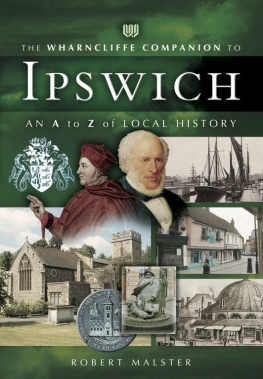


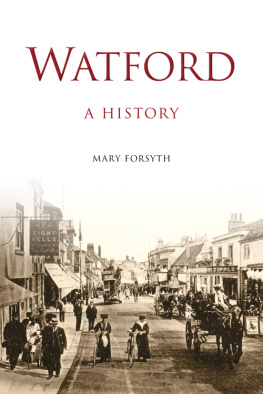
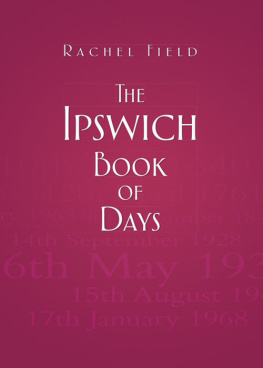
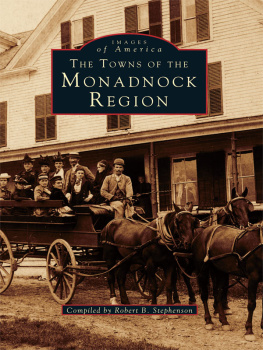
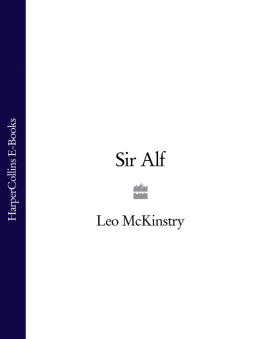
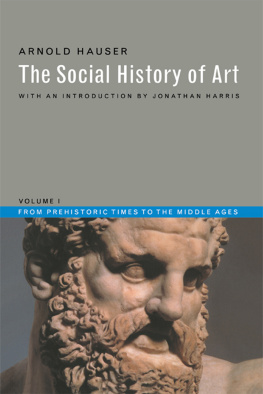
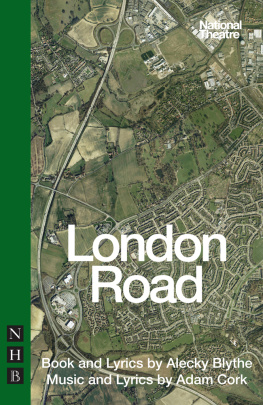
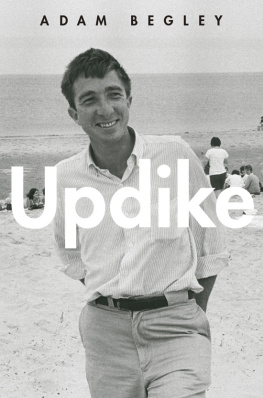
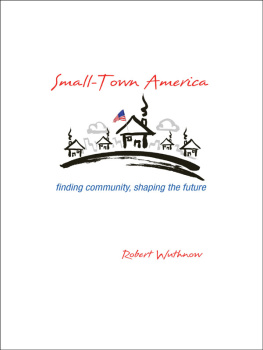
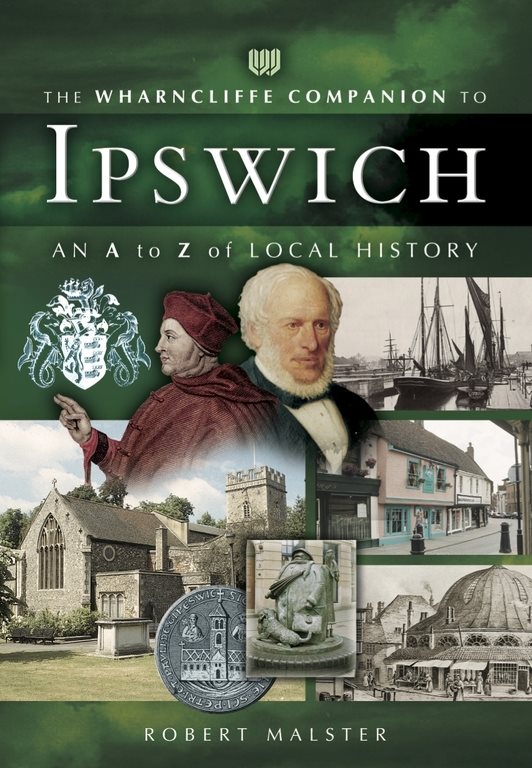
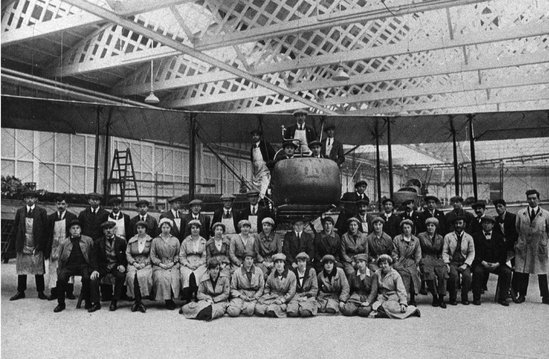
 See also Ransomes, Sims & Jefferies
See also Ransomes, Sims & Jefferies